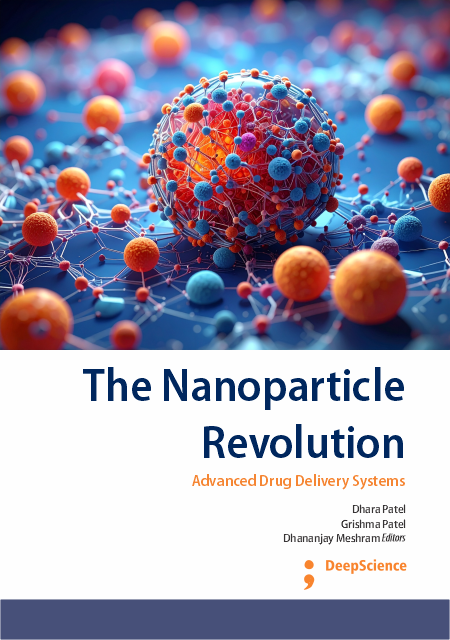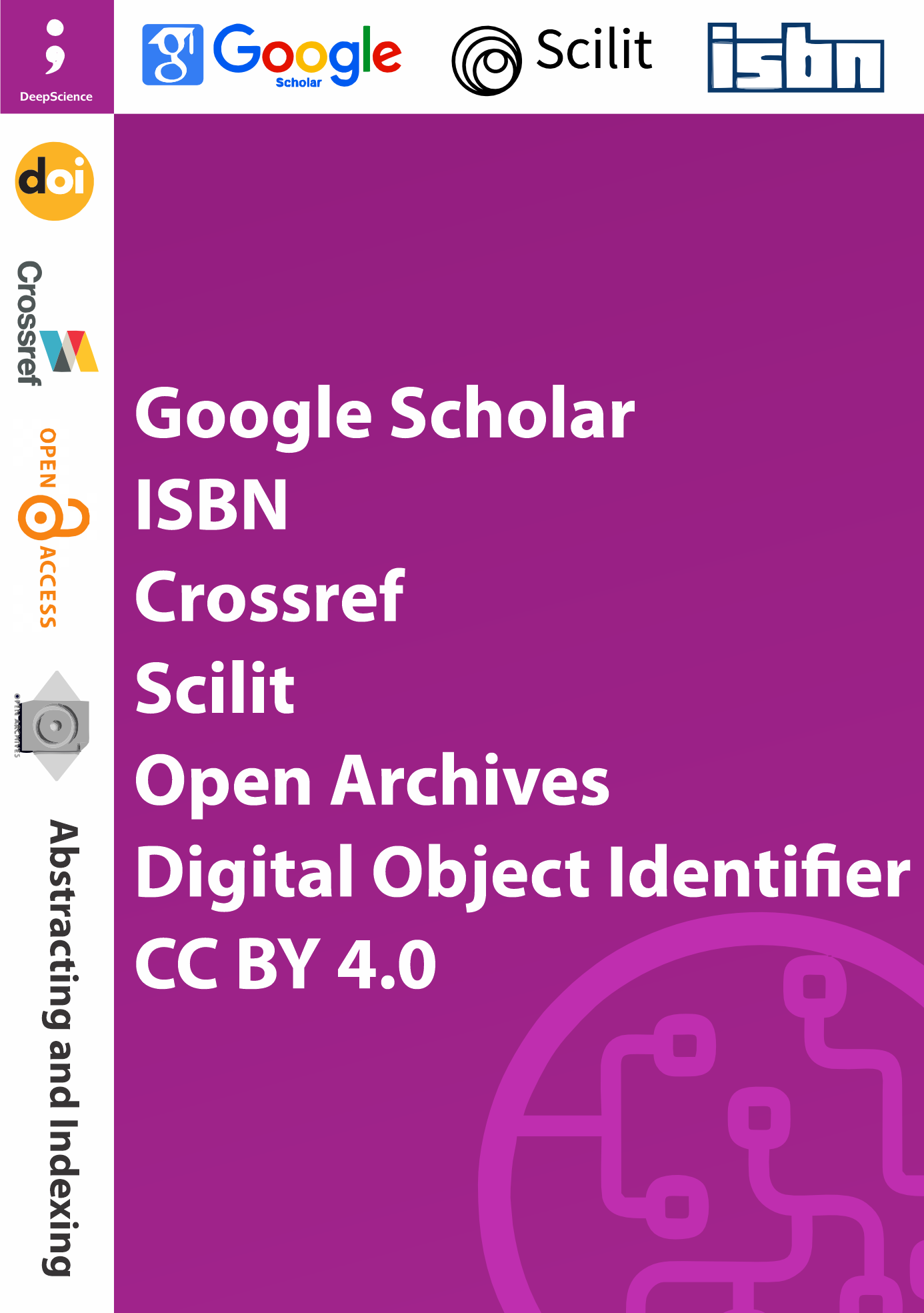The Nanoparticle Revolution: Advanced Drug Delivery Systems
Keywords:
Nanomaterials, Nanocarriers, Drug Delivery Systems, Diagnostics, Theranostics, Targeted Therapy, Magnetic NanoparticlesSynopsis
The book " Nanoparticle Drug Delivery Systems for Enhanced Bioavailability and Targeted Therapeutics" provides a thorough examination of the various nanoparticle technologies that are presently influencing the direction of contemporary medicine. This book's goal is to give readers—from academics and students to medical professionals and business leaders—a thorough grasp of the fundamentals, workings, and uses of several nanoparticulate drug delivery methods. The book is organised into several chapters that each discuss a different kind of nanoparticle and how it is employed in medicine administration and diagnostics. The chapter Gastroretentive nanocarrier drug delivery system, examines methods for lengthening the duration that medications remain in the stomach, increasing their bioavailability and therapeutic effectiveness. A thorough examination of liposomal drug delivery systems is then provided, emphasising their biocompatibility and capacity to encapsulate both hydrophilic and hydrophobic substances, which makes them perfect for targeted therapy. The book also looks at nano emulsions as powerful topical drug delivery vehicles, emphasising how they can improve skin penetration, stability, and therapeutic efficacy in transdermal and dermatological devices. The potential of Niosomes as vesicular carriers based on non-ionic surfactants for enhanced pharmacokinetics and controlled drug release is also being investigated. Smart and responsive drug delivery systems (SDDSs) represent a transformative approach in modern therapeutics by enabling precise, controlled, and targeted release of drugs. SDDSs hold immense potential for overcoming drug resistance, enhancing patient compliance, and revolutionizing the future of precision medicine. Beyond delivery, the book highlights the dual function of nanoparticles as drug carriers and diagnostic tools, highlighting their potential in theranostics—the field where therapy and diagnosis coexist. Microneedle drug delivery systems are covered in detail in a dedicated chapter. These minimally invasive platforms provide painless, effective transdermal medication administration, which is particularly helpful for managing chronic diseases and vaccinations. The book spends a large amount of time discussing the significance of nanomaterials in cancer therapy, where their capacity to deliver combination therapies, target tumour cells specifically, and overcome multidrug resistance makes them effective allies in oncology. Researchers, physicians, pharmaceutical scientists, and postgraduate students working on the investigation and creation of innovative drug delivery methods are the target audience for this book.
It seeks to give readers both theoretical understanding and useful advice by combining cutting-edge research with fundamental knowledge.
Chapters
-
Gastroretentive Nanocarrier in Drug Delivery System
-
Liposomal Drug Delivery System
-
Nanoemulsion as Potential Carrier for Topical Drug Delivery
-
Niosome: A Vesicular Drug Delivery Tool
-
Nanomaterial as Diagnostic tool and Drug Carrier
-
Microneedle Drug Delivery System: A Painless Revolution
-
Smart and Responsive Drug Delivery System
-
Nanomaterial for Cancer Therapeutics
References
Bajpai AK, Shukla SK, Bhanu S, Kankane S. Responsive polymers in controlled drug delivery. Prog Polym Sci. 2008;33(11):1088-1118.
Ulijn RV, Bibi N, Jayawarna V, et al. Bioresponsive hydrogels. Mater Today. 2007;10(4):40-48.
Patel A, Modasiya M, Shah D, Patel V. Development and in vivo floating behavior of verapamil HCl intragastric floating tablets. AAPS PharmSciTech. 2009;10(1):310-315.
Dey S, Pramanik A, Malgope A. Preparation and evaluation of oral floating microspheres of ibuprofen. Indian J Pharm Sci. 2008;70(6):701-705.
Calvo P, Remuñán-López C, Vila-Jato JL, Alonso MJ. Novel hydrophilic chitosan–polyethylene oxide nanoparticles as protein carriers. J Appl Polym Sci. 1997;63(1):125-132.
Patel VF, Liu F, Brown MB. Advances in oral transmucosal drug delivery. J Control Release. 2011;153(2):106-117.
Garg R, Gupta GD. Progress in controlled gastroretentive delivery systems. Trop J Pharm Res. 2008;7(3):1055-1066.
Xu X, Khan MA, Burgess DJ. A quality by design (QbD) case study on drug nanoparticles: Formulation, processing design and risk assessment. Int J Pharm. 2011;419(1-2):52-59.














